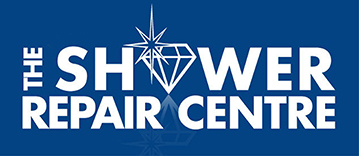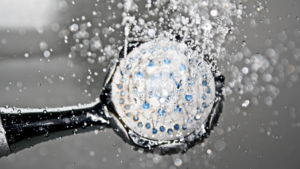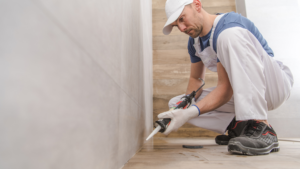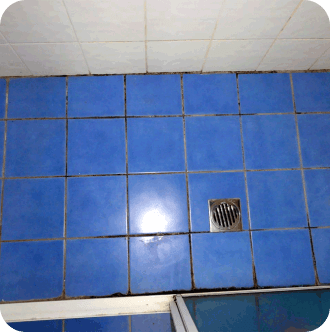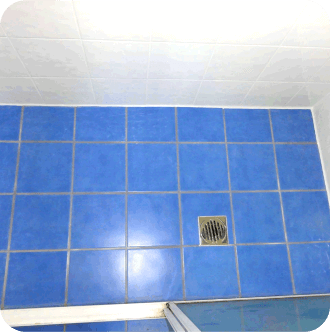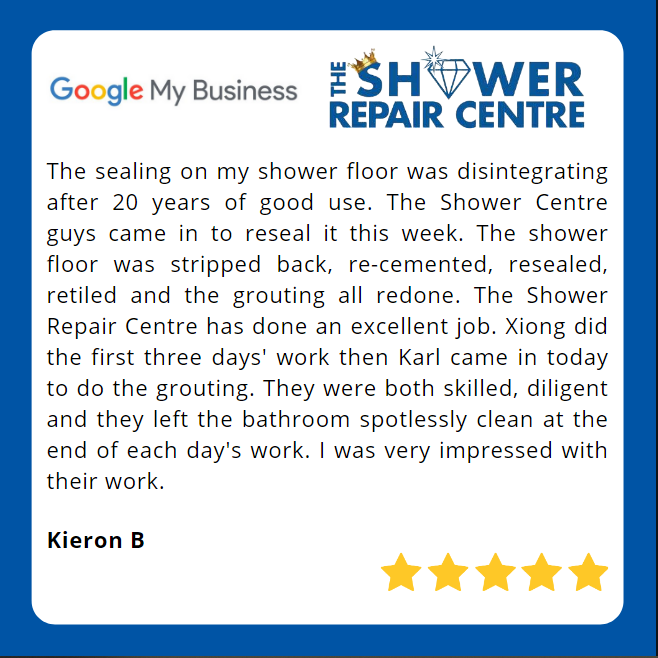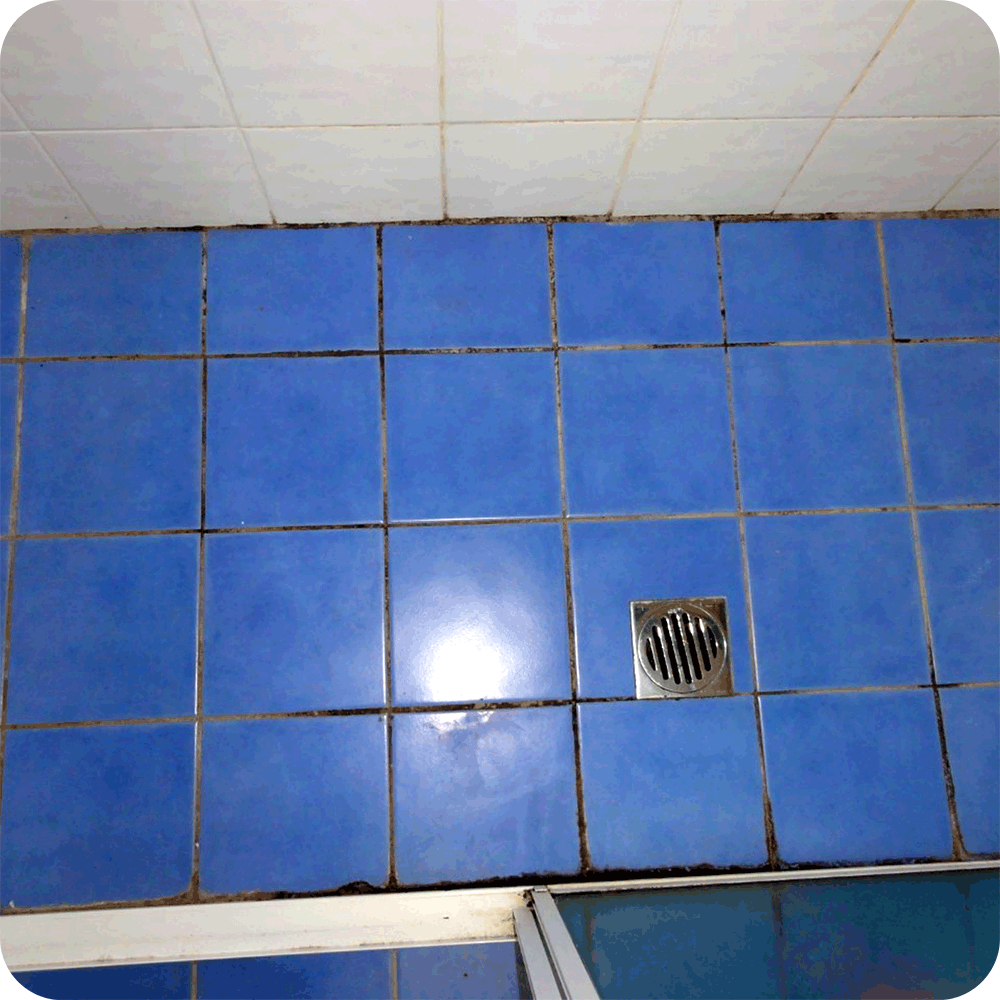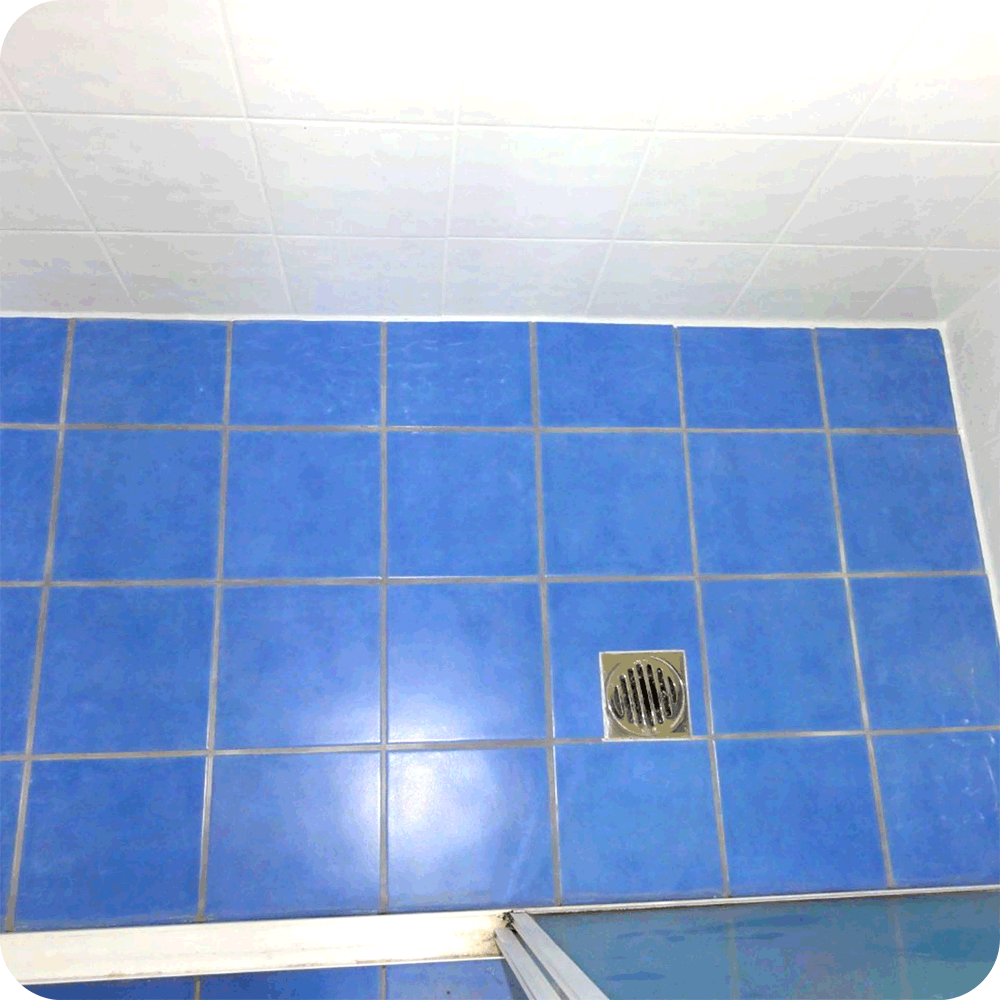Bathroom floor tiles are still the most popular option in Australia, even though the bathroom flooring options have expanded recently to include stamped concrete, hardwood, bamboo, and even cork.
Still, selecting bathroom tiles requires caution, whether you’re renovating your bathroom or creating a new one from scratch – especially since these tiles are more vulnerable to moisture and temperature changes than other types of tiles you might use in other parts of your house.
Bathroom tiles are fortunately widely available on the market right now. In fact, there is a limitless selection of colours, patterns, and finishes for bathroom tiles.
To help you narrow down your selection, here are some factors you should consider when choosing bathroom tiles:
Size and Shape
Your bathroom’s size, shape, and layout will affect the tile’s size and shape. There are no strict rules, but generally speaking, the bigger the room, the bigger the shower floor tile, and vice versa. It really comes down to the room’s layout, design, and style.
It’s a common belief that large tiles in a small bathroom give the room a smaller appearance. Although generally speaking, this isn’t always the case. As long as the majority of the bathroom tiles can be installed without any cuts, large tiles in a small bathroom can have the opposite effect and leave quite an impression.
Consider the surfaces that need to be tiled as separate planes interacting with one another. Where exactly do they begin and end? How do they connect? What size are they, and do any windows or niches need to be taken into account? By keeping this in mind, you should be able to select a tile’s shape and size that best matches your room’s decor and follows the lines drawn by the design.
Proportion
Make sure the proportions of any different-sized tiles you use in the bathroom—which is frequently the case—work well together. Every time the tiles meet, they must line up correctly.
For instance, if you’re using 300 x 300 mm floor tiles, your wall tiles should be 100, 150, 600, or 900 mm in size. Look at the way the bathroom floor and wall intersect. The grout lines perfectly line up because the width of two-floor tiles is equal to the width of one wall tile.
The most widely used tile size for flooring is 300x300mm. Additionally, most bathrooms in Australia use floor tiles that are this size. The main benefit of this size is that it is simple to arrange in a sloping manner toward the floor waste.
Large format tiles are always preferred over small format tiles for your walls. You can either use contrasting tiles to make a feature wall or a similar shower wall tile to make a seamless appearance.
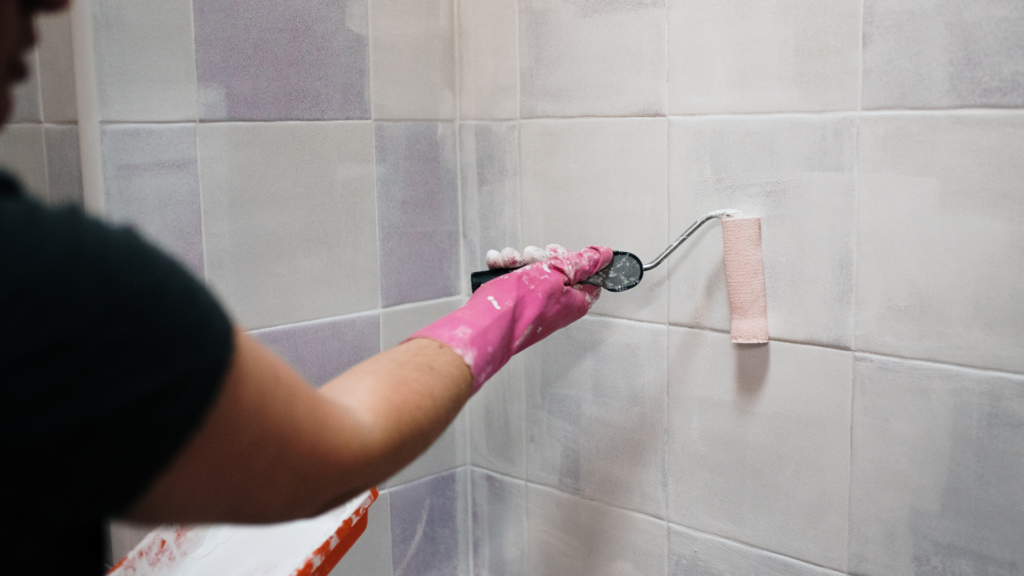
Grout
People frequently select bathroom tiles without giving much thought to how they will look after being grouted. Although small tiles can look fantastic, you should be aware that the numerous grout lines that may result could make the space appear cluttered and unappealing.
Mosaic bathroom tiles are frequently displayed in showrooms without grout, so they will appear differently in your bathroom at home. If you’re worried about the outcome, ask your supplier if there is a place where you can see them with the grout on.
TIP: The final aesthetic will be greatly influenced by the grout colour. While contrasting grout will make the surface appear busier and further define the shape of the tiles, grout in a similar or matching colour will produce a more understated appearance.
Colour and finish
While there are many tiles that are beautiful on their own, if the design, colour, and finish don’t match your bathroom’s or the fixtures’ design, they will quickly lose their appeal.
Keep in mind the tile’s ability to age as well. If longevity is what you’re after, sticking with natural stone or neutral colours will work. The most common colour option for bathrooms is probably white tile. Why? White bathroom tiles brighten the interior and convey a feeling of simplicity and order. It adds mirror reflections that make the room appear larger when combined with a shiny glaze.
Although white is timeless, it can be used structurally and with pastel accents to transform a space from being purely hygienic and boring into something artistic and unique. If you like adding a sense of contrast, go for a powerful combination such as black and white. Grey bathroom floor tiles are an option if you want to add a little more warmth while maintaining a neutral colour scheme. Gray gives a bathroom an opulent but still airy appearance.
Maintenance
If there is one error people make when buying bathroom tiles, it is failing to take maintenance needs into account. This frequently proves to be a costly error because some bathroom tiles are inexpensive but require a lot of maintenance. Even if they are slightly more expensive, always pick tiles that need little to no maintenance. They will end up being the better choice in the long run. That way, it’s easy to follow these natural ways to clean the bathroom.
Tip: Since ceramic tiles for bathroom are dense and non-porous as well as slip, stain, and fire resistant, they are perfect for use on bathroom floors and don’t need any special maintenance. On the flip side, porcelain tiles can withstand heavier traffic, are more stain and water-resistant, and are less likely to chip or scratch because they are harder and denser than ceramic tiles. On the downside, this also drives up the price of porcelain bathroom floor tiles above ceramic tiles.
If you have a project you’d like to discuss, we can guarantee a technician to help you within 24 hours. To get a free quote, fill out the form here, or call 1300 888 806.
